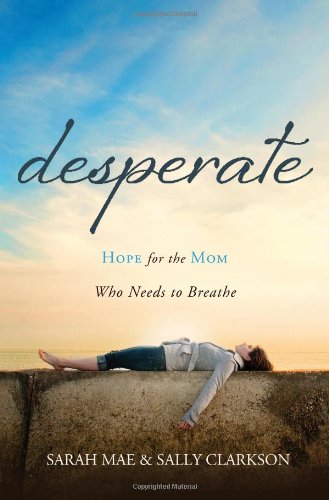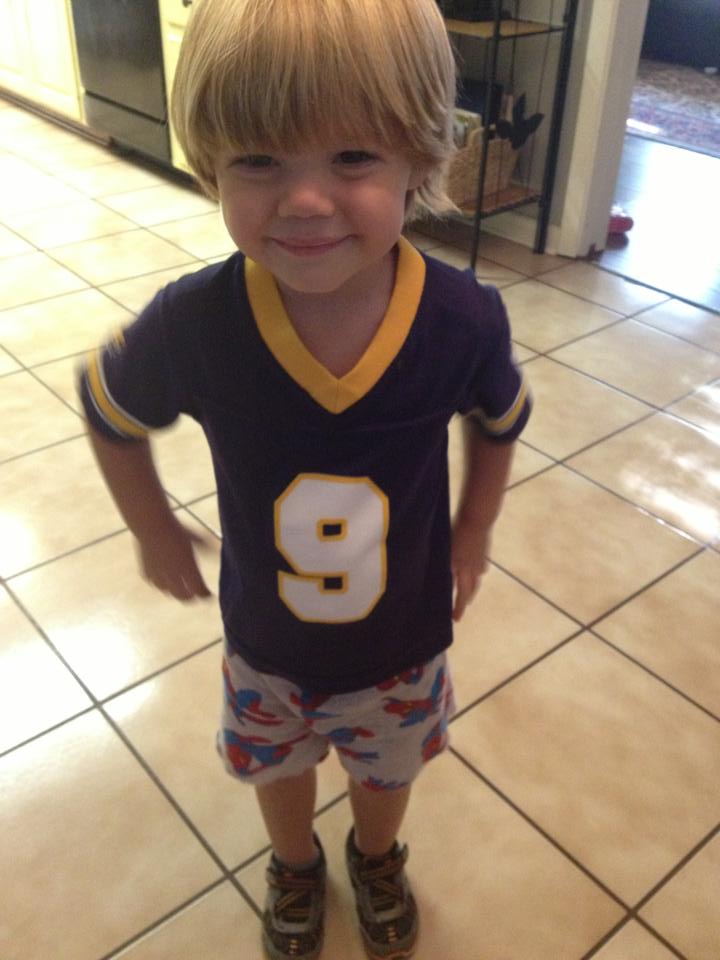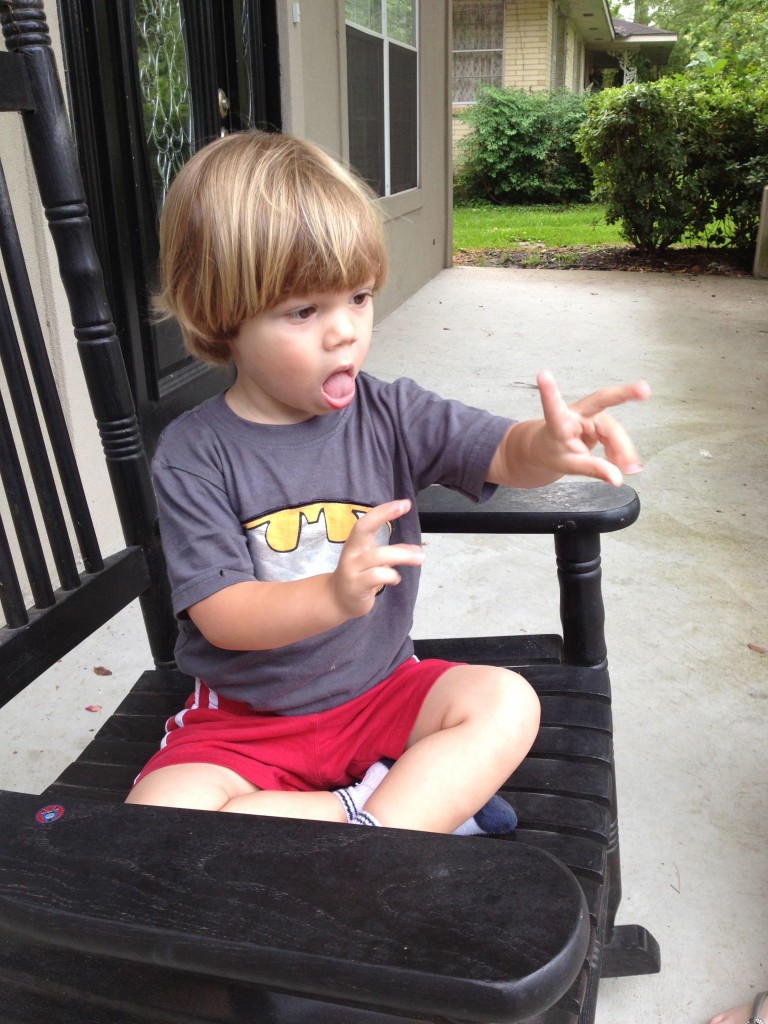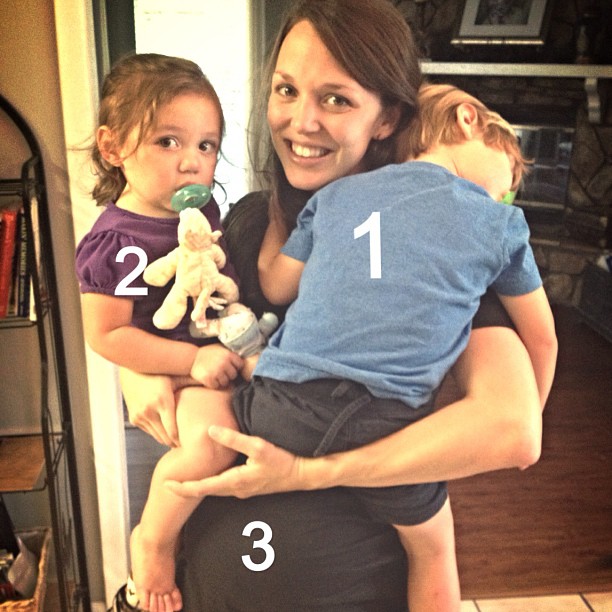As “The Mommy Teacher” you might assume that I fill my days with pinterest-worthy activities and crafts that I display for all to “ooh” and “ahh” over…. but nope, thats actually not my gifting, and it is not something that I feel guilty if I don’t achieve. Sure, I may have my MOMENTS of presentable glory, but yikes if I try to maintain that level of self-inflicted pressure on a regular basis. I started to think about why I am so secure in my simple but intentional ways and I came up with the fact that it is because I value the old-fashioned experiences of my own childhood: exploring my neighborhood, playing at parks, climbing trees, playing “house,” playing sports, singing, dancing, putting on skits, and just lots and lots of dramatic play… experiences that make life and learning FUN and enjoyable.
Sometimes the teaching opportunities that go unseen or unnoticed are the most instrumental in shaping the cognitive, emotional, spiritual, and physical development of our kids.
You may not always share the richest conversations you have with your kids, the bedtime stories, the imaginative moments, the nature walks, the giggles over nothing in particular, the amount of words you introduce your kids to on a daily basis, the outdoor playtime, etc. And it doesn’t have to be broadcasted to make you a mom that is thriving in your motherhood calling.
Encouraging imagination, teaching your kids to love learning, and simply introducing vocabulary on a daily basis are three things that you can’t really exactly “pin” but have such long-term benefits.
And so, today, for all of the moms out there who need the reminder to live FREE (from guilt, stress, pressure, expectations, comparison, any every other distraction that occupies us from ENJOYING and investing in our kids), I am giving away 3 copies of the book “Desperate” by Sarah Mae and Sarah Clarkson to ONE person. Why one person? So that one person can start a small group to discuss the book 🙂
All you have to do is SIMPLY comment on this post that you would like to win this giveaway. It’s just that simple 🙂

This isn’t a “book review” and it isn’t sponsored. It is simply my new ABSOLUTE favorite book that I want to share.
Some of my favorite highlights from the book are reminders to
1) Explore hobbies that interest you and allow yourself the joy that comes from experiencing them with others.
2) Know that in parenting there aren’t formulas that fit each family.
3) Value the time in your every day life “simply” telling your kids (and showing your kids) how much you love them.
Mentoring is a theme of this book as well – which is a HUGE part of my life. I value my mentors and soak them up like a sponge 🙂
I will announce the winner Sunday night 🙂
We look forward to HEARING from you!



